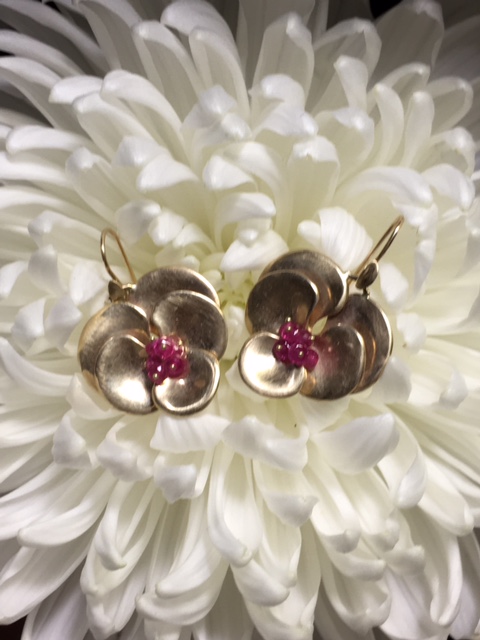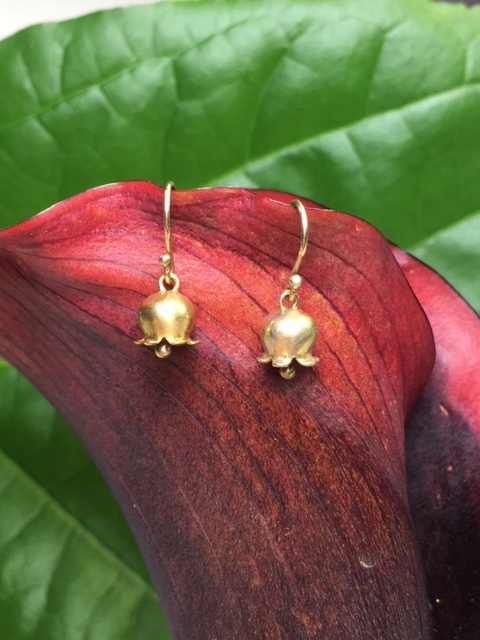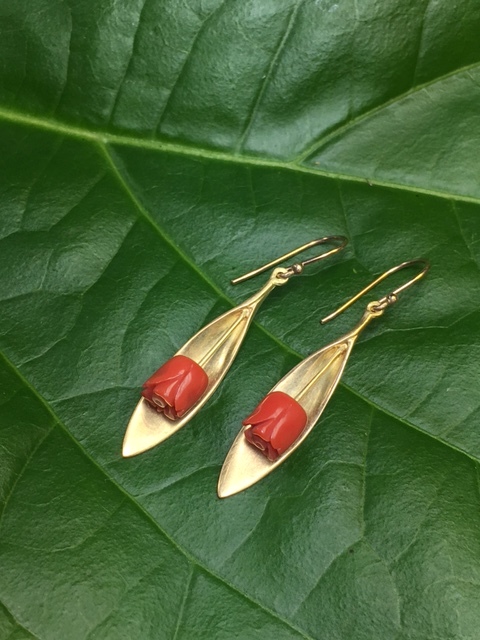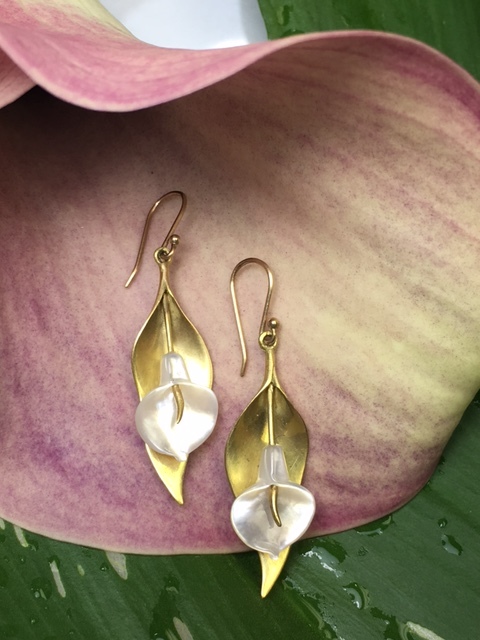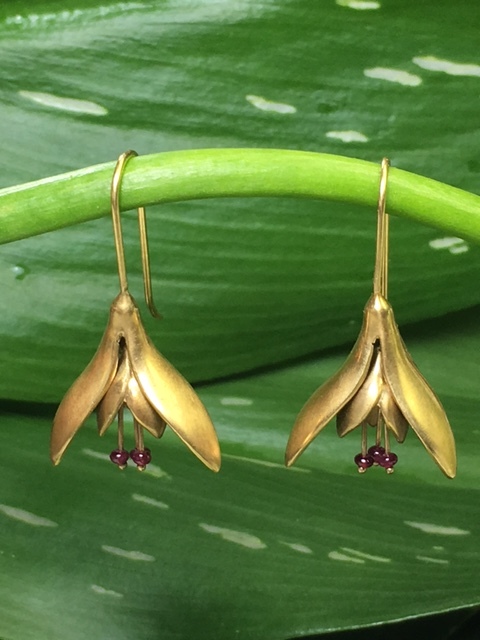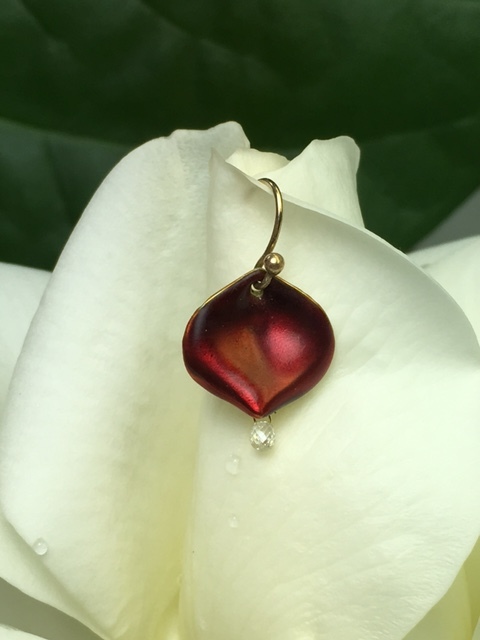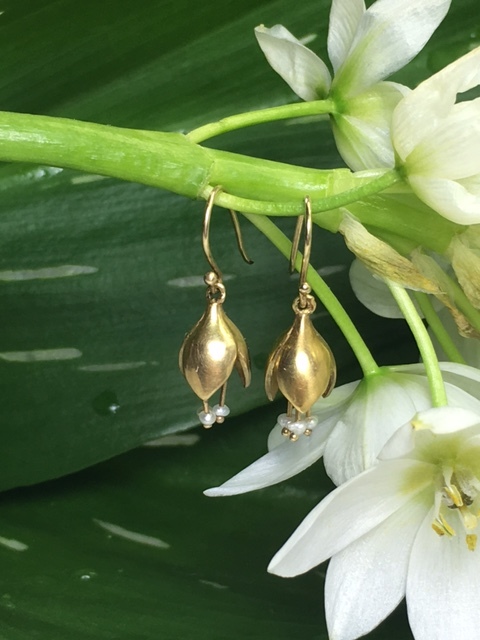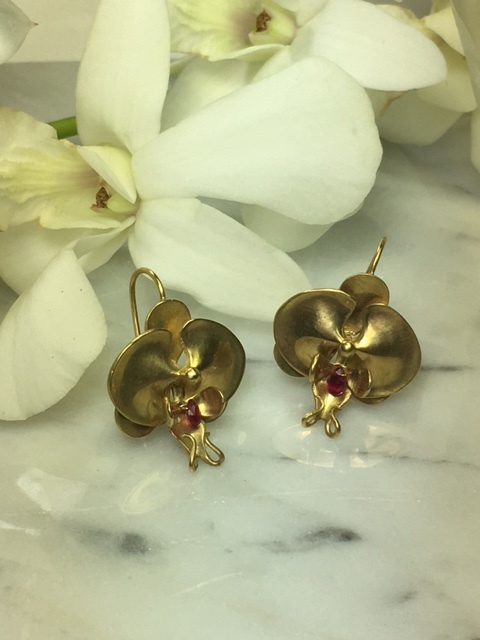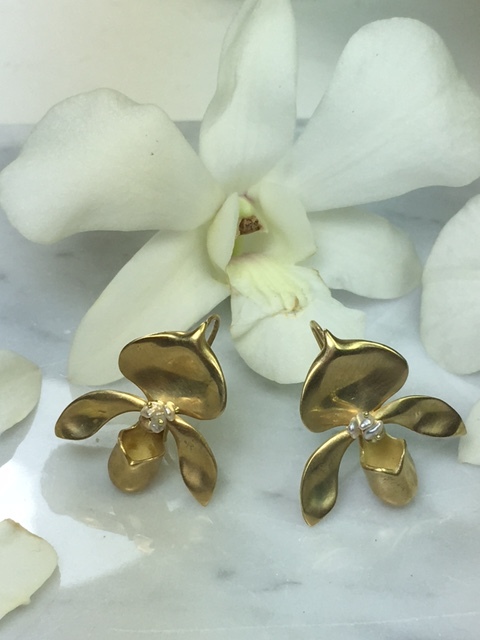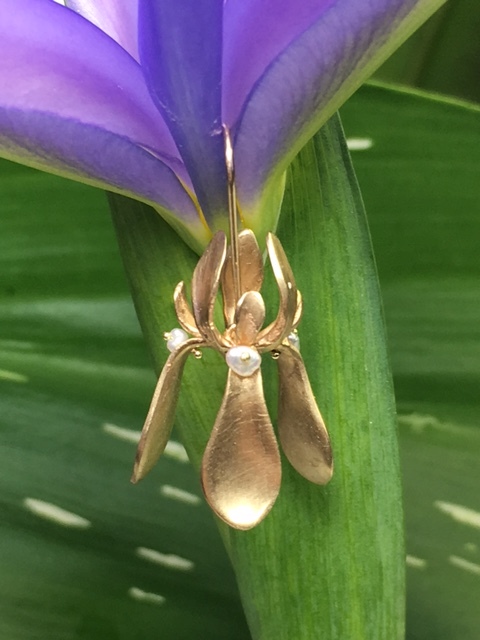Saying It With Flowers: Jewels That Have Roots in an Enduring Collection
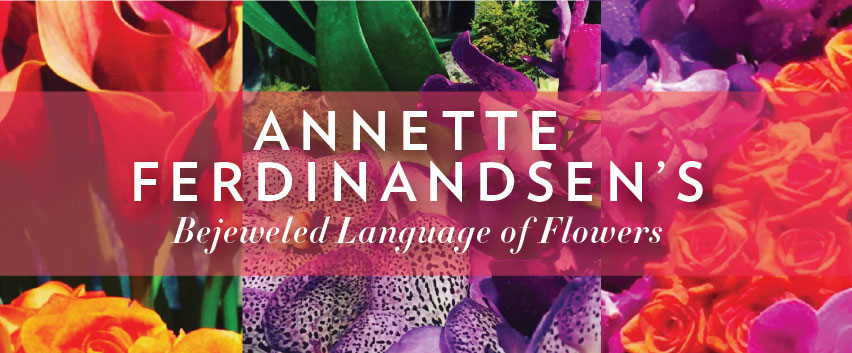
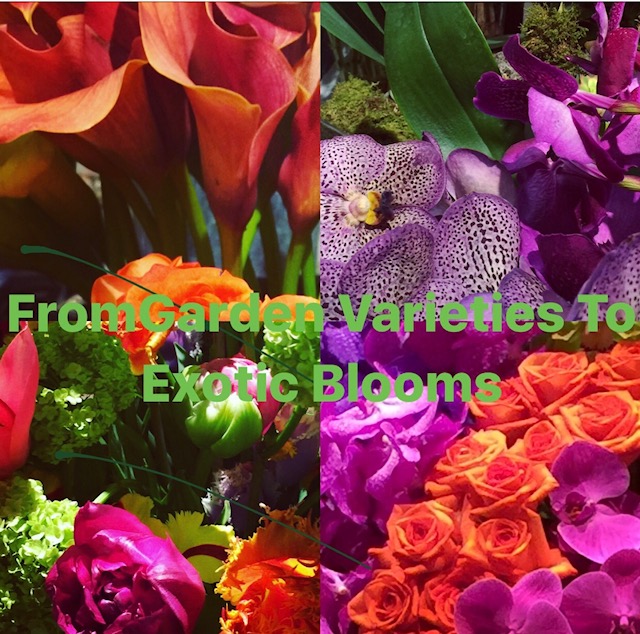
Photos I’ve taken of beautiful blooms
From the simplicity of a single enameled rose petal that seems likes its just fallen off it’s stem to the elegant balance of creating a more exotic plant such as bird of paradise for earrings, Annette Ferdinandsen has been deriving her inspiration from botanicals that range from those found in a country garden, a traipse through the woods or a tropical island. Flowers have been an influence for jewelry designers throughout history, from the early Georgian and Victorian eras to the renowned houses of the 20th century and the independent modern designers who sketch and then render them, life-like in colored gemstones.
Trained as a sculptor, Annette’s work is three-dimensional and she captures her floral designs in feminine forms in yellow gold with a touch of color. Her pieces offer the nuances of a shape, the movement of new bloom, the curve of a petal or how a stem leans. Each of her designs is pared-down to evoke the essential elements of the motif she is representing in her work.
When talking about her inspiration, she explains, “Nature is timeless, elegant, fierce and forgiving. There are so many ways to see and work with the different aspects of plant life, given its sensual, detailed, cultural and historical references.” She continues, “What I love most is the challenge to reproduce the organic beauty, movement and gracefulness of flowers within my own sculptural aesthetic that is never embellished or overdone and always easy to wear.”
In my article, Trends In Bloom, I covered the florals that sprouted up on many of the spring and Fall 2017 ready-to-wear and Couture runways. I also revealed how flowers are deeply rooted in the history of jewelry and how the concept of expressing different emotions through varieties of botanicals dated back for centuries. Annette has tapped into this tradition and features numerous flowers that bespeak the sentiment and symbolism ascribed to them so many years before.
While Annette’s designs are thoroughly modern, the messages behind them can be traced to 1819, when Louise Cortambert, under the pseudonym Madame Charlotte de la Tour, published what was likely the first dictionary of floral meanings, entitled Le Language des Fleurs. The book was translated into English in 1820 and, by the early Victorian era, sourcebooks and illustrated dictionaries were also published. Since then, the beauty of nature has been recreated in the three-dimensional art form of jewelry. Annette ‘s collections are steeped in the language that speaks of beauty, friendship, compassion, passionate and enduring love.
Here, we share a dozen of Annette’s sculptural earrings and the symbolism behind the flowers she chose for these designs:
-Pansy translate into “pense” in French which means “think”. During the Victorian era, this translated into a more romantic saying, “pense à moi” which means “think of me”.
-Lily of The Valley symbolizes “a return of happiness”.
-Red Tulip speaks to “a declaration of love”.
- Gold Pansy earrings with ruby centers.
- Lily of the Valley earrings
- Coral Tulip earrings
-Calla Lily means “magnificent beauty”.
-Snowdrop says “hope”.
-Daisy expresses “innocence”.
- Yellow gold and mother of pearl calla lily earrings
- yellow gold and ruby snow drop earrings
- Yellow gold Daisy earrings
-Rose equates to various type of “love”.
-Bird of Paradise means “freedom and joy”.
-Allium represents “unity”.
- Red enamel and gold rose petal earring
- Yellow Gold bird of paradise earrings wih pearls
- Allium earringsin yellow gold with pearls
-Orchid is associated with “refined beauty”.
-Lady Slipper Orchid symbolizes “capricious beauty”.
-Iris says “I have a message for you”.
- Yellow gold orchid earrings ALL PHOTOS OF JEWELRY TAKEN BY Annette Ferdinandsen
- yellow gold Lady Slipper Orchids
- Yellow gold Iris with pearls

